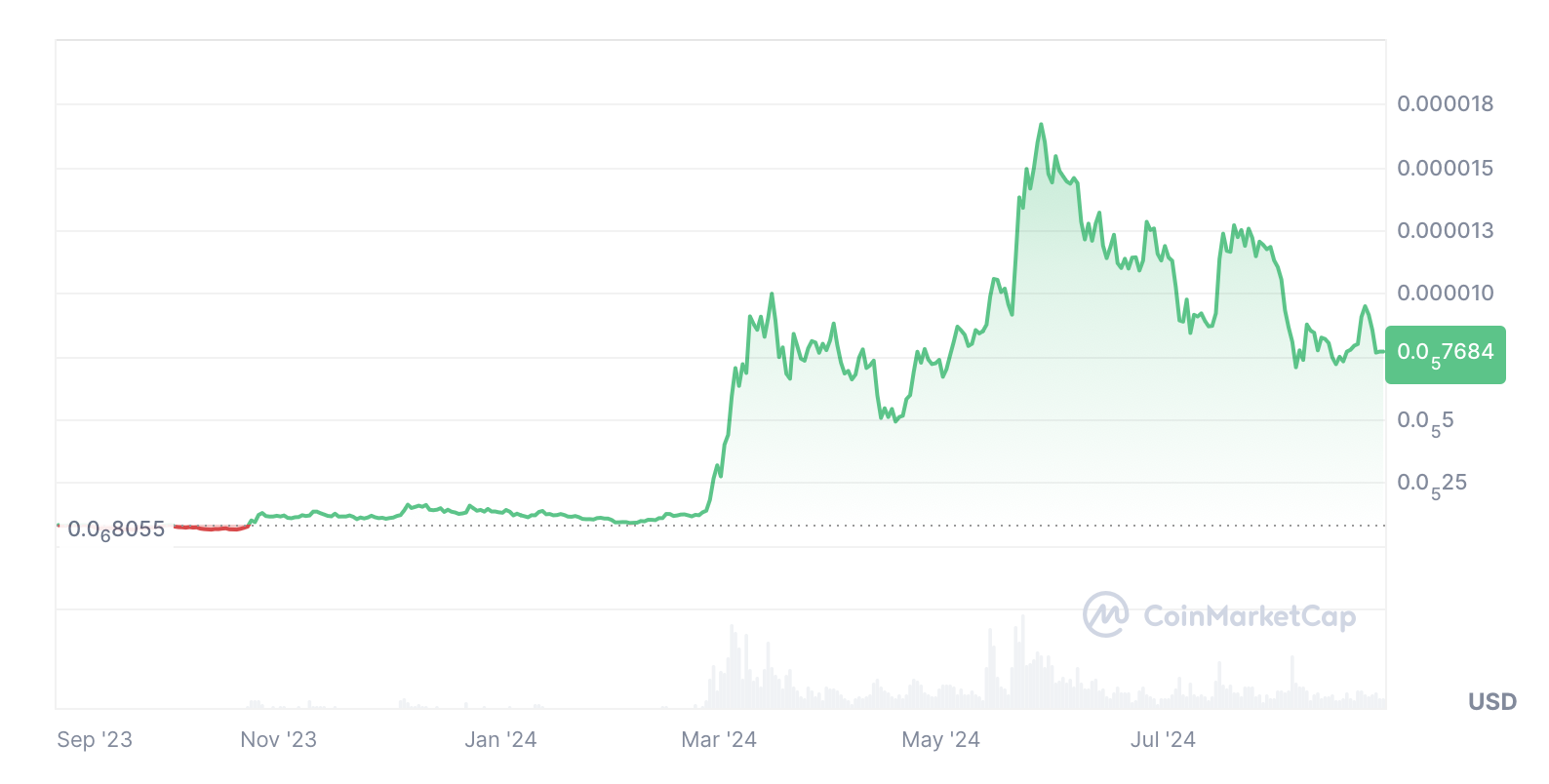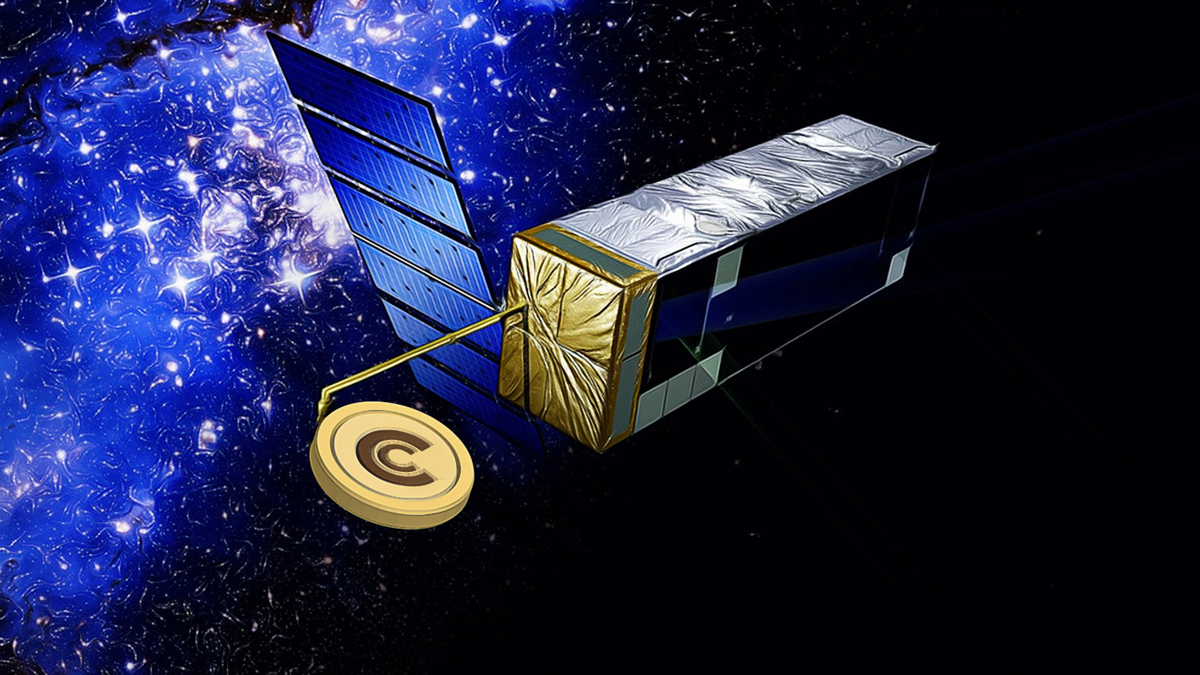While cryptocurrency investors eagerly await a potential altcoin season, an analyst argues it won’t happen as most expect because new cryptocurrency investors are rushing to buy the most speculative assets too early. Glassnode’s chief analyst James Check explained on the Rough Consensus podcast on August 29 that this process is no longer amusing.
What’s Happening on the Altcoin Front?
Analyzing investor behaviors during the 2021 bull run and comparing it to 2024, Check stated that investors are trying to outsmart the market by buying the most hyped memecoins as quickly as possible. In past bull runs, memecoins typically surged towards the end of a broader market rally, but this time assets are rallying faster than ever. Check shared the following insights:
“In 2021, we had this beautiful capital flow from Bitcoin to Ethereum, Layer-1s, DeFi, and NFTs, creating a bubble.”
He noted that many crypto natives have now learned that the fastest way to make the most money is by buying the most foolish money. Check claimed that after the spot Bitcoin exchange-traded funds (ETF) approval on January 10, investors began to take advantage of the sharp increase in Bitcoin prices to flock to memecoins.
Details on the Subject
Notably, PEPE recorded striking gains in the first half of 2024, and a few selected investors made significant profits. On May 15, a savvy PEPE investor made a profit of $46 million from an initial investment of $3,000 in April, yielding a return of 15,718 times.

However, despite the rising prices of PEPE and other major memecoins like Dogwifhat (WIF), Check mentioned a gap, while other investors and analysts interpret the declining prices and lower-than-expected trading volumes of altcoins as a bullish signal for future price movements.
On August 29, crypto investor Luke Martin told his 331,500 X followers that altcoins are currently at a level where you should buy more. Martin said that when Bitcoin was at this level in the summer of 2020, its price sextupled in the second half of the year:
“Prices followed a vertical trajectory from 10,000 to 60,000 in the next 6 months.”

 Türkçe
Türkçe Español
Español









